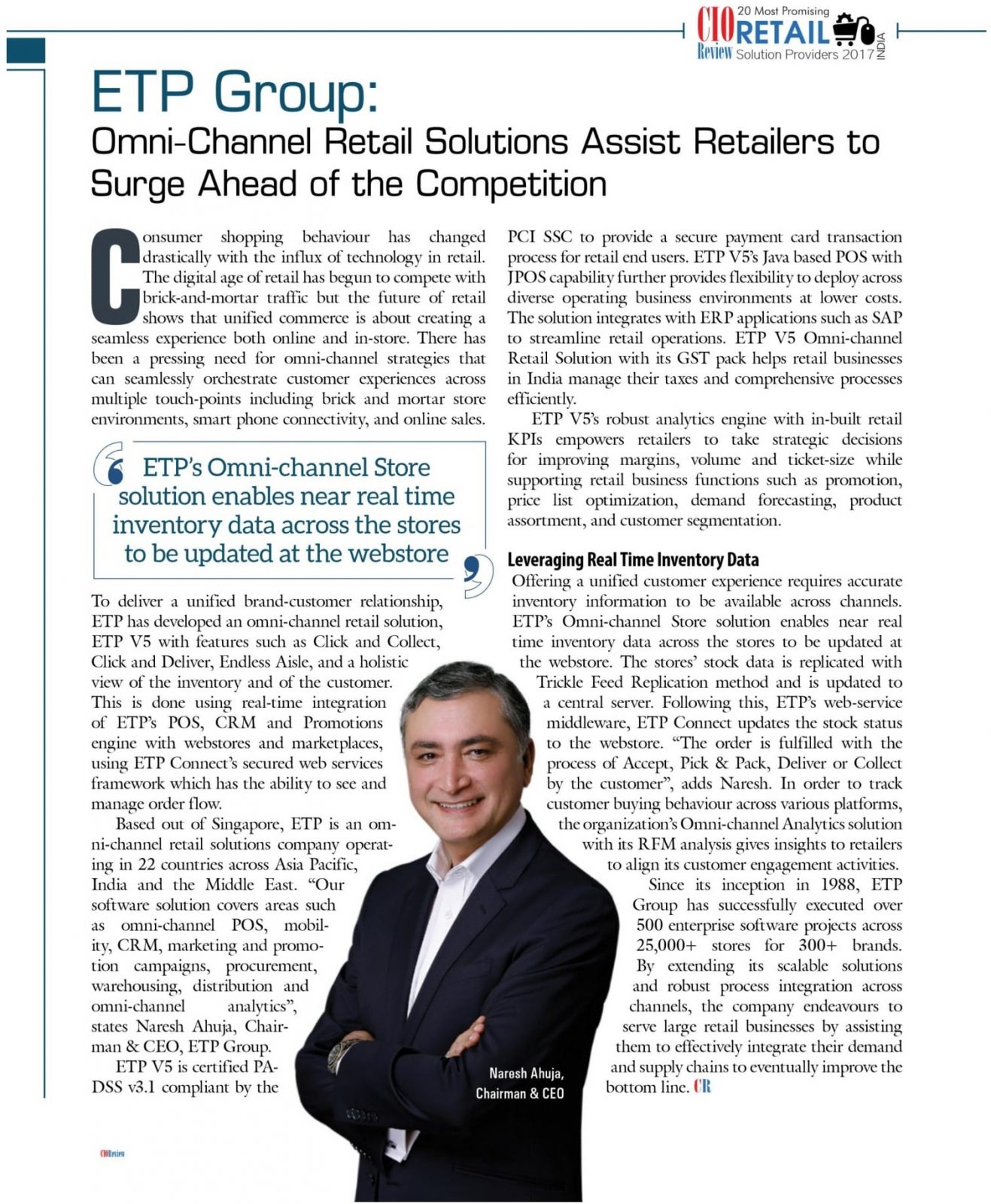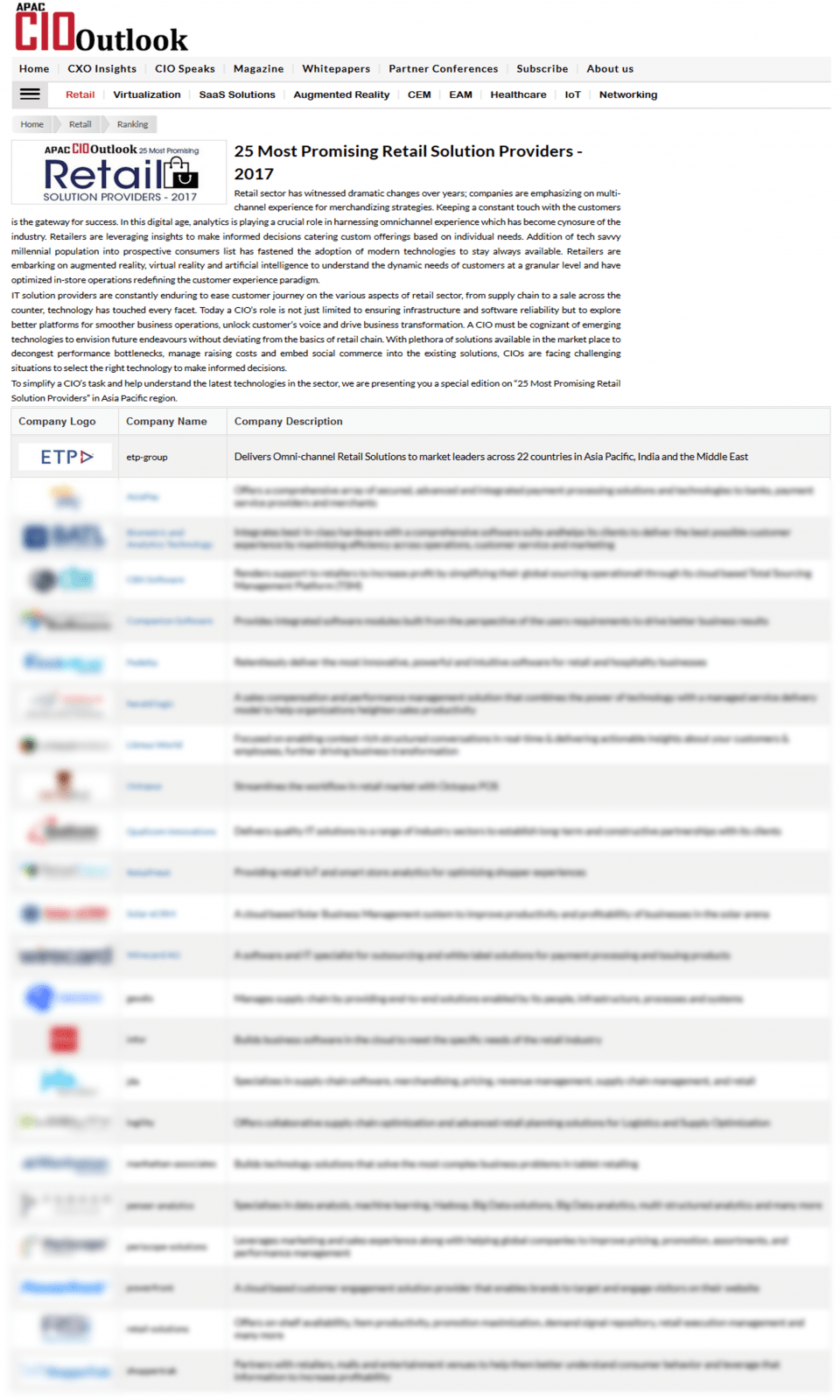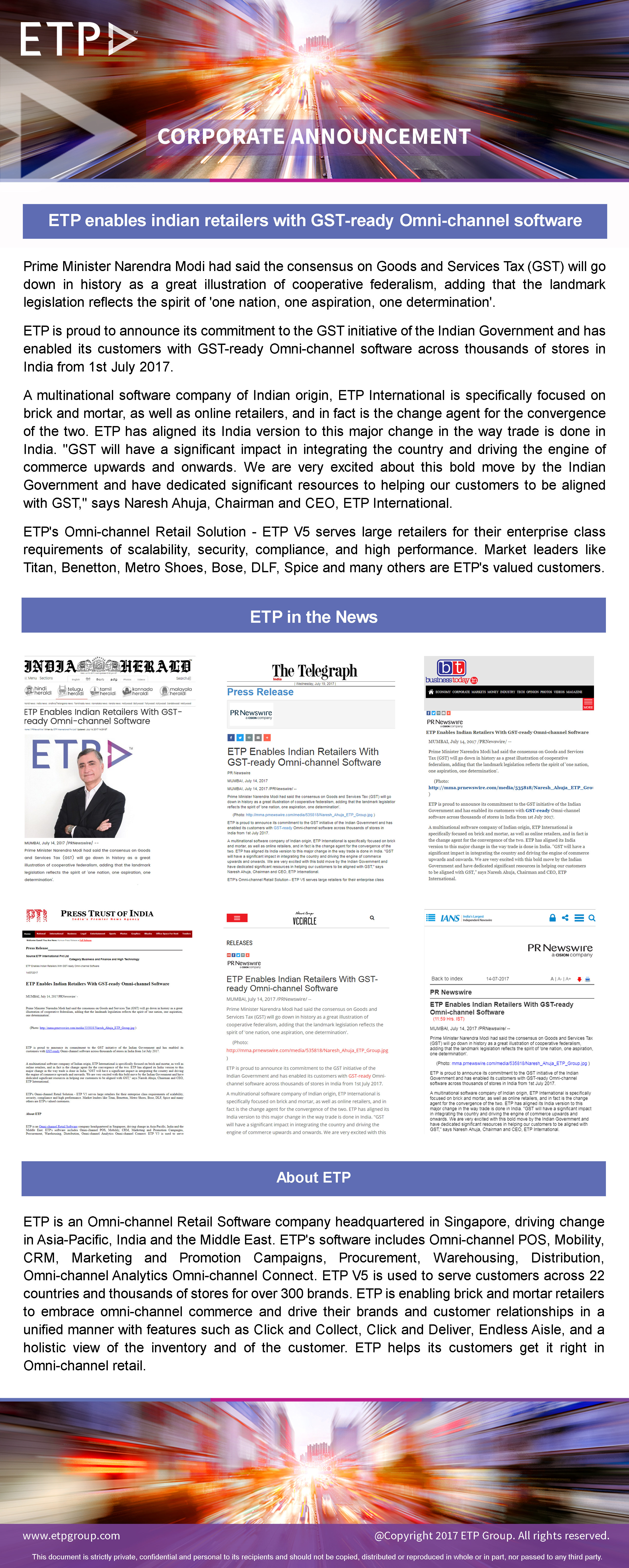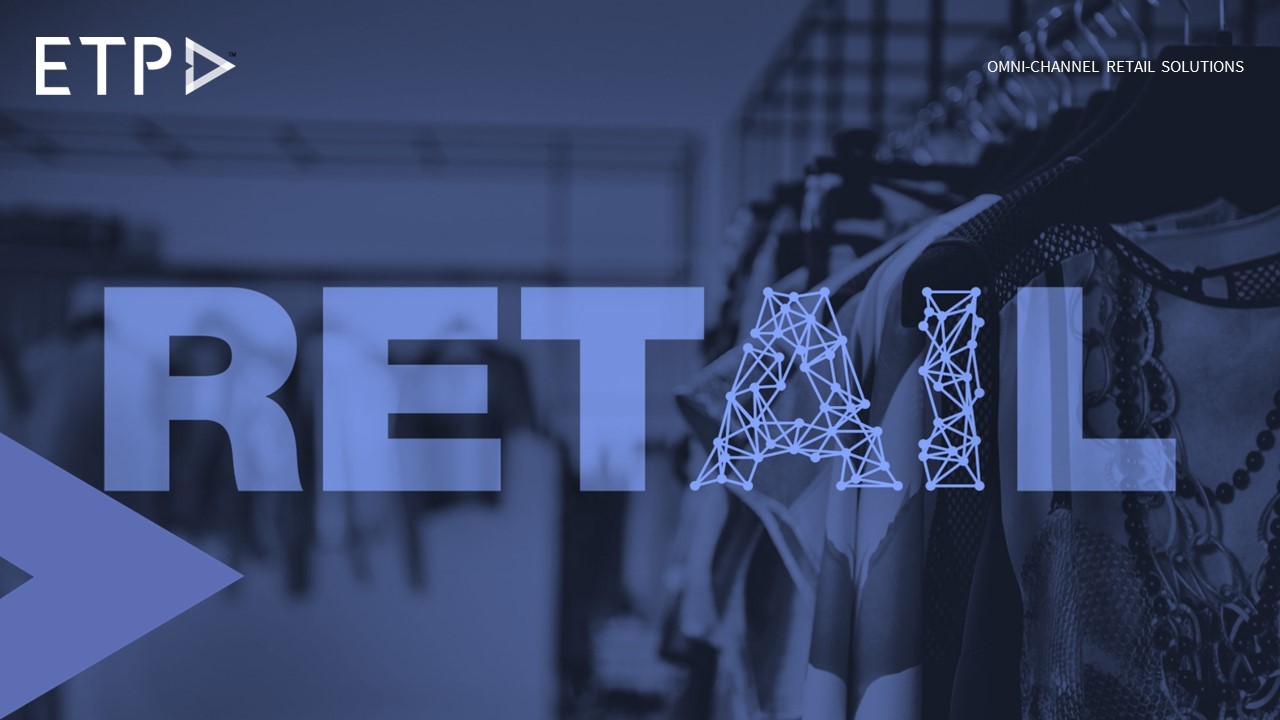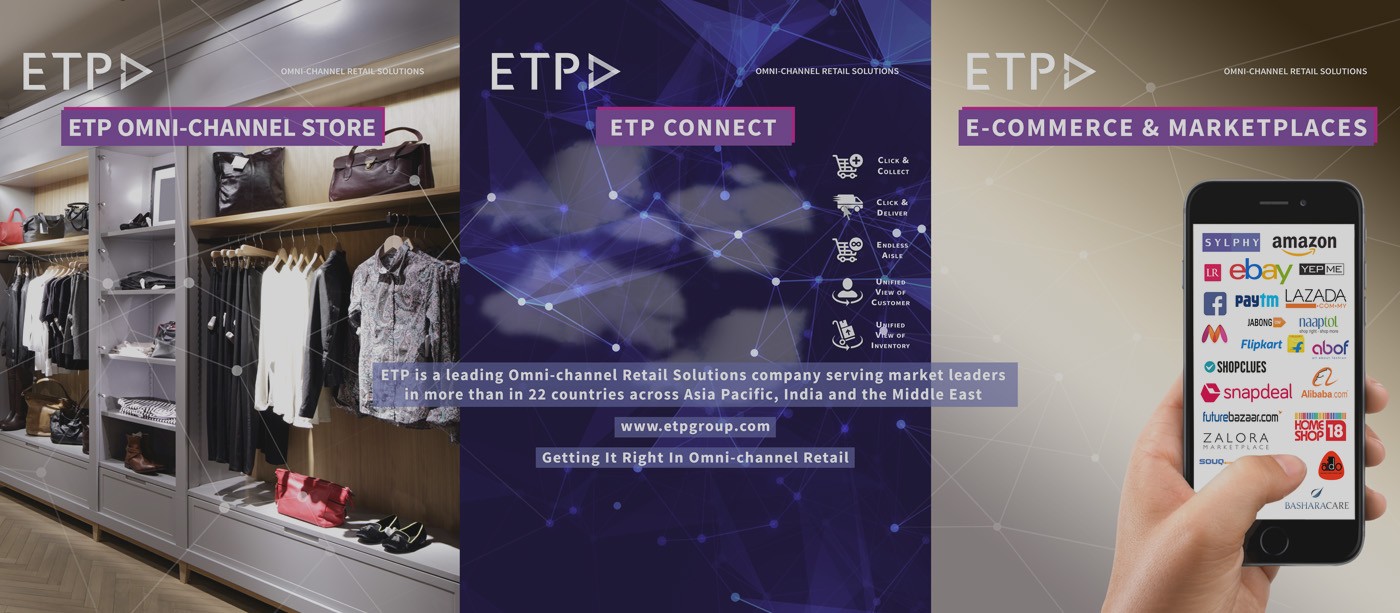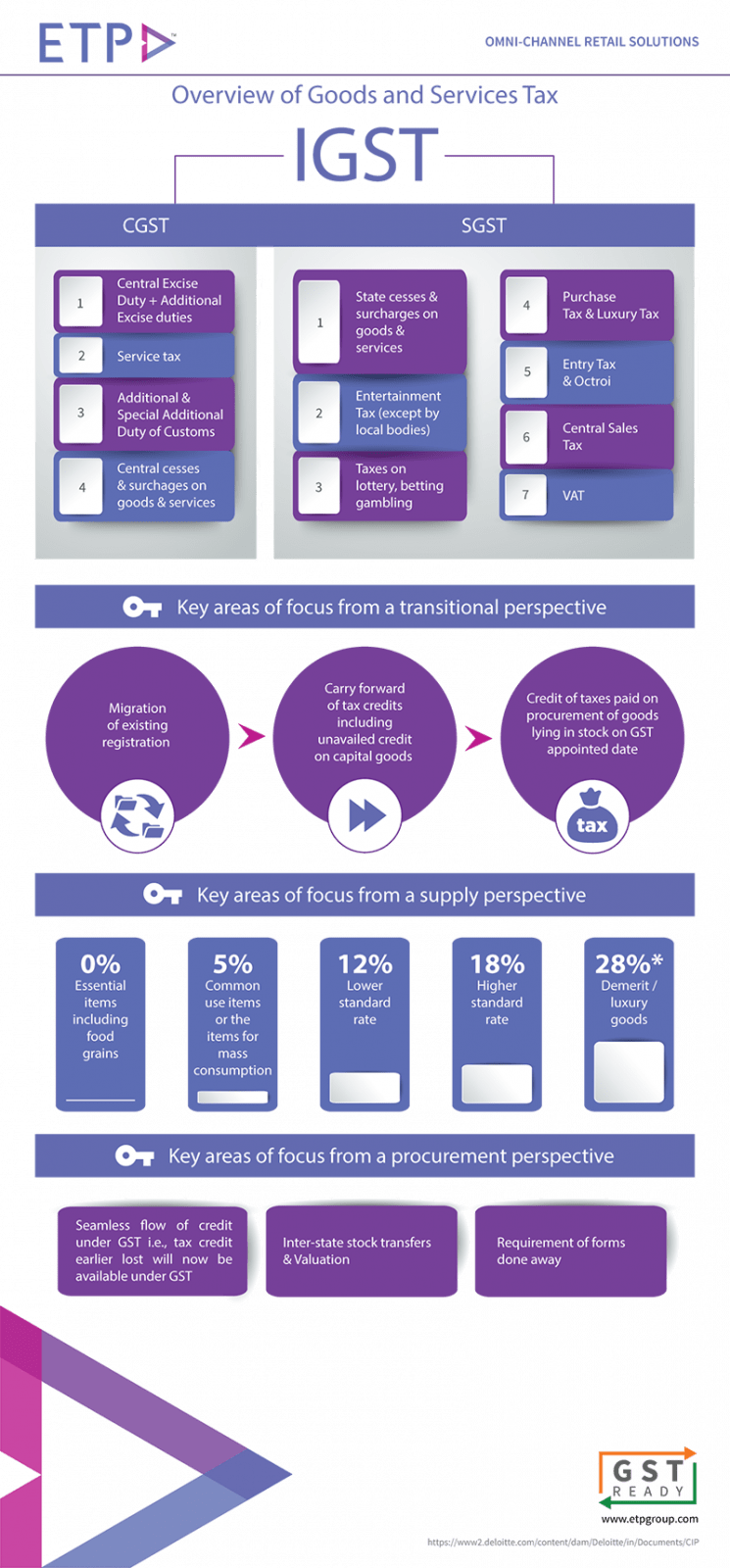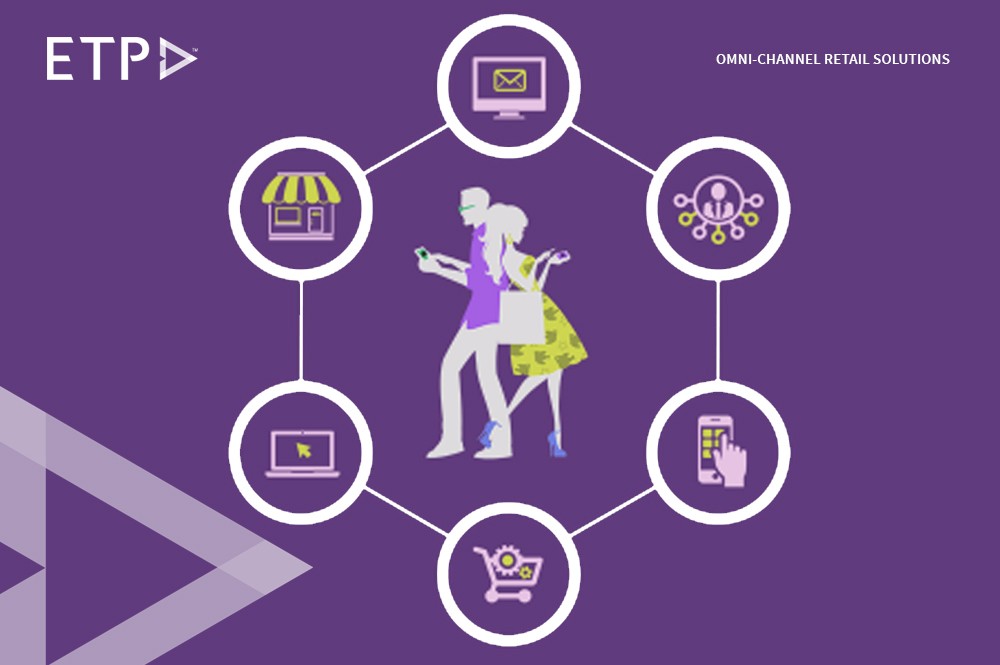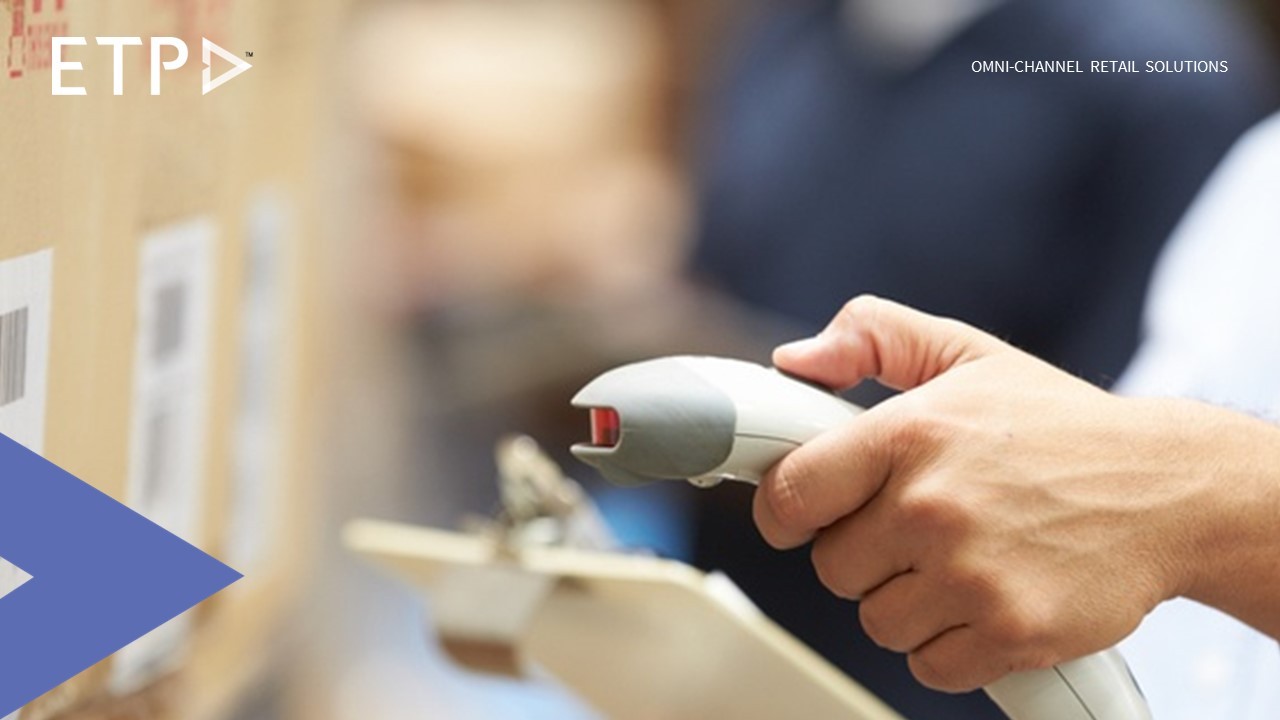
Technology has completely transformed the way people make purchases. From online marketplaces to brick-and-mortar stores, retailers tend to implement innovative measures to better cater to the needs of customers.
They incorporate promotion planning, customer analytics, and mobile payments to enhance the shopping experience. But, one thing that forms the backbone of retailing is somehow neglected in the entire retail chain. Yes, we are talking about inventory.
Managing inventory is not just a single task encompassing certain limited activities; it is a process that involves some complex calculations such as sell through rate, inventory turnover ratio, GMROI among others.
It is an uphill task to perform the aforementioned calculations, which in turn makes it difficult for retailers to manage their inventory. Retailers require a tool that bridges the gap between brick-and-mortar stores and marketplaces, and provides them with a single, simple, and holistic view of the inventory.
One such powerful tool is ETP Connect – a robust, multifunctional, and comprehensive tool that connects the brick-and-mortar stores with the ecommerce sites and marketplaces. It provides real time updates to the stores and head office of the retailers about the purchases being made both offline and online.
Whenever a purchase is made through website or marketplaces, ETP Connect routes the information to the head office, where the designated authority can view the immediate effect on the inventory in real time.
Also, since retailers get access to real time data, it simplifies their task of computing complex inventory calculations, thus enabling them to take timely decisions to further speed up their entire retailing process. The effects of this are manifested in the form of satisfactory customer experiences and a robust bottom line.
ETP Connect is a one stop solution for leading retailers to end their inventory management woes, by enabling them to better plan their business strategies. It also allows retailers to have a unified view of customers, endless aisle, and features such as Click and Collect, and Click and Deliver.
Put an end to all your retail woes by implementing a futuristic and powerful ETP Connect and embrace the omni-channel transformation the right way.
Also Read : Retail And The Importance Of Integration

